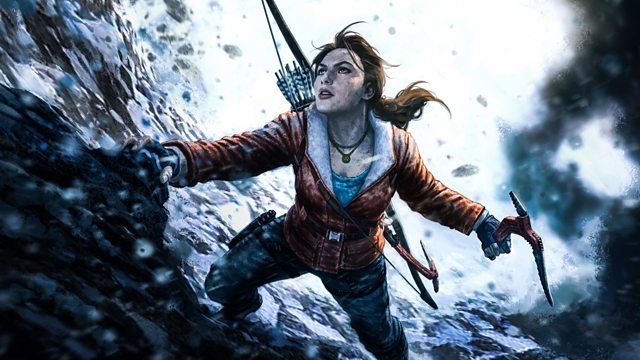
Lara Croft: The Legacy
Julia Hardy charts how the Tomb Raider star has changed over the years, and asks whether the portrayal of female characters is finally becoming more representative.
Julia Hardy charts how the Tomb Raider star has changed over the years, and asks whether the portrayal of female characters is finally becoming more representative.
Lara Croft has been the queen of gaming characters since the original Tomb Raider dropped back in 1996. She broke the mould: finally, a female action hero who was as athletic, intelligent and fearless as the male characters dominating the games world. Before Lara, it was all about the muscle-bound men, portly plumbers and blue hedgehogs.
But looking back, original Lara was crudely, and perhaps cynically drawn - a minuscule waist and disproportionately huge bust. She was marketed as a sex symbol, appearing on the covers of lads mags and performed by scantily clad models at games launches and live events. Was that alienating for female players who wanted to see something of themselves in playable characters? Though Lara was much more capable than the legions of helpless damsels in distress, who were so often the trophy prize at the end of a quest (here's looking at you, Princess Peach), Lara was still presented in a way that appealed to the male gaze more than anyone else.
After a successful Hollywood spin-off, starring Angelina Jolie, Lara transcended her pin-up past to become something else: a genuine role model for other female characters to follow. Her reinvention was completed in 2013's Tomb Raider reboot when she became a more relatable and realistic hero. We can see Lara's legacy today in the women who are cast in leading roles and their more realistic in-game representation in titles like Uncharted, Horizon Zero Dawn, Overwatch and Hellblade.
Julia Hardy meets experts on Lara鈥檚 place in the gaming world, as well as her co-creator Ian Livingstone, and Tomb Raider story writer Rhianna Pratchett. And to complete the circle, the all new movie Lara Croft, Oscar-winner Alicia Vikander, gives her view on the transformation of this gaming icon.
Credits
| Role | Contributor |
|---|---|
| Director | David Mills |
| Producer | Matt Willis |
| Editor | Jamie Trinca |
| Associate Producer | Steven Burns |
| Researcher | Maddie Hickish |
| Director of photography | Felix Pickles |
| Writer/Consultant | Mike Diver |
| Motion Graphics | Joe Merrick |
| Production Manager | Kerry Luter |
| Executive Producer | Alex Kenning |
| Executive Producer for 麻豆社 | Sam Bailey |
| Special thanks | World of Longplays |
